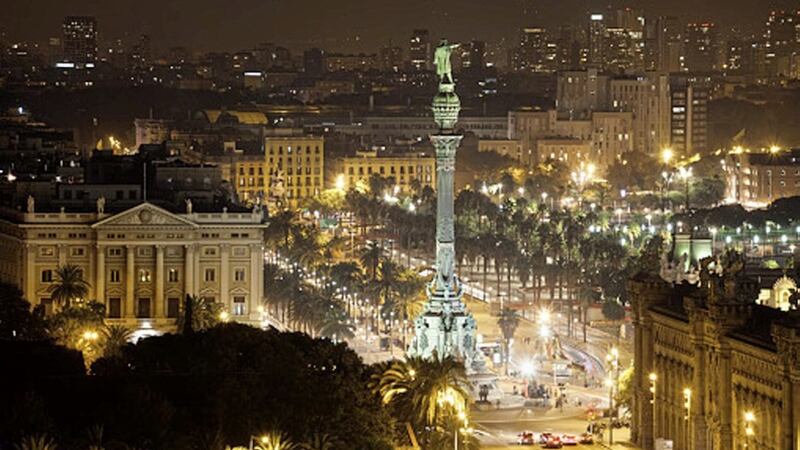IF anything positive has come out of the recent fire at Bank Buildings in Belfast, it is perhaps an increased appreciation of the city’s built heritage. The incident has served to help focus minds on the impressive built heritage Belfast has, from the Lanyon Building at Queen’s University to the Palm House at Botanic Gardens, and many more besides.
Preserving and maintaining these historic assets is an important part of maintaining the character of the city and making it an attractive place to live, work and visit.
As RICS marks 150 years in 2018, recognising and highlighting our built heritage and history has been an important part of the celebrations. But so too is looking ahead in terms of how we can create smart and effective cities for the future.
Essentially, a smart city uses digital technology to promote performance and wellbeing and to increase its ability to respond to citywide and global challenges. And there are some great examples globally of how this is already being done.
Barcelona’s lampposts help shine a bit of light on the state of air quality, traffic and more via data-collecting sensors. The smart lampposts conserve energy by dimming automatically when not needed, brightening again when pedestrians come near using motion detectors. They are also used to broadcast free wifi. But that is not their only trick. Smart sensors also collect environmental information to feed back into Barcelona’s smart city management system, including air and noise pollution, temperature and humidity, and even crowd flows, giving officials key data to improve city life and predict future needs.
Hunting for a parking space is one of the pains of driving in a city, but there are plenty of solutions. In Barcelona, sensors embedded under parking spaces track whether they are free, sharing that information with drivers via an app, which also lets them pay for parking. In the London borough of Westminster, where drivers spend 12 minutes on average circling streets looking for a spot, causing traffic and pollution, the local council is trialling a similar solution. The Smart Parking system uses infrared sensors to see if a parking space is free, sharing the data with a central hub via wireless receivers installed on street furniture.
Singapore’s Smart Nation programme, launched back in 2014, has left the city bristling with sensors and cameras. The latter are used to watch for everything from traffic to security – but are also used to police the public. Smoking is banned in many places in the infamously strict city state, and the connected network of cameras has caught out many a resident lighting up where they shouldn’t, leading to a fine. The CCTV is also used to watch for traffic violations, leading to concerns about Big Brother-style surveillance and the right to privacy.
It is perhaps easier for Singapore to map its entire nation than for most other countries, covering, as it does, one small island, but its smart 3D mapping system is impressive nonetheless. The city state is creating a 3D map to digitally visualise the entire island, helping it better understand how solar energy could be generated and where trees could create more shade or be used to cool buildings. New buildings are mapped to understand their impact on wind-flow patterns or the city’s skyline, while the government can track everything from window placement to construction materials for future reference.
So whilst preserving the historic aspects of our cities, we must also look ahead and ensure our cities meet our future needs. And taking inspiration from some great examples around the world could be a positive step.
:: Susan Mason is the acting regional director of RICS in Northern Ireland. RICS is the principal independent body representing professionals employed in the land, property and construction sectors. In Northern Ireland, the organisation represents over 3,000 cross-sectoral members comprising of chartered and associate surveyors, trainees and students.







